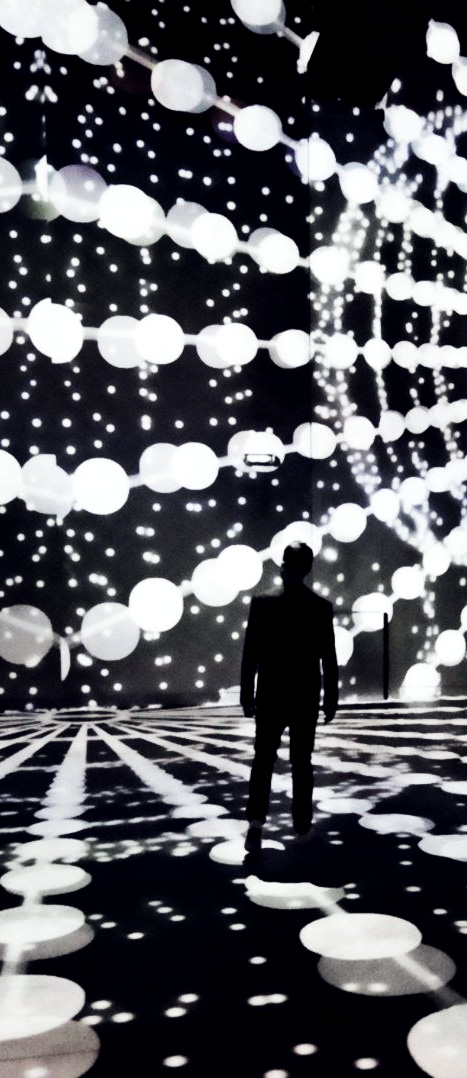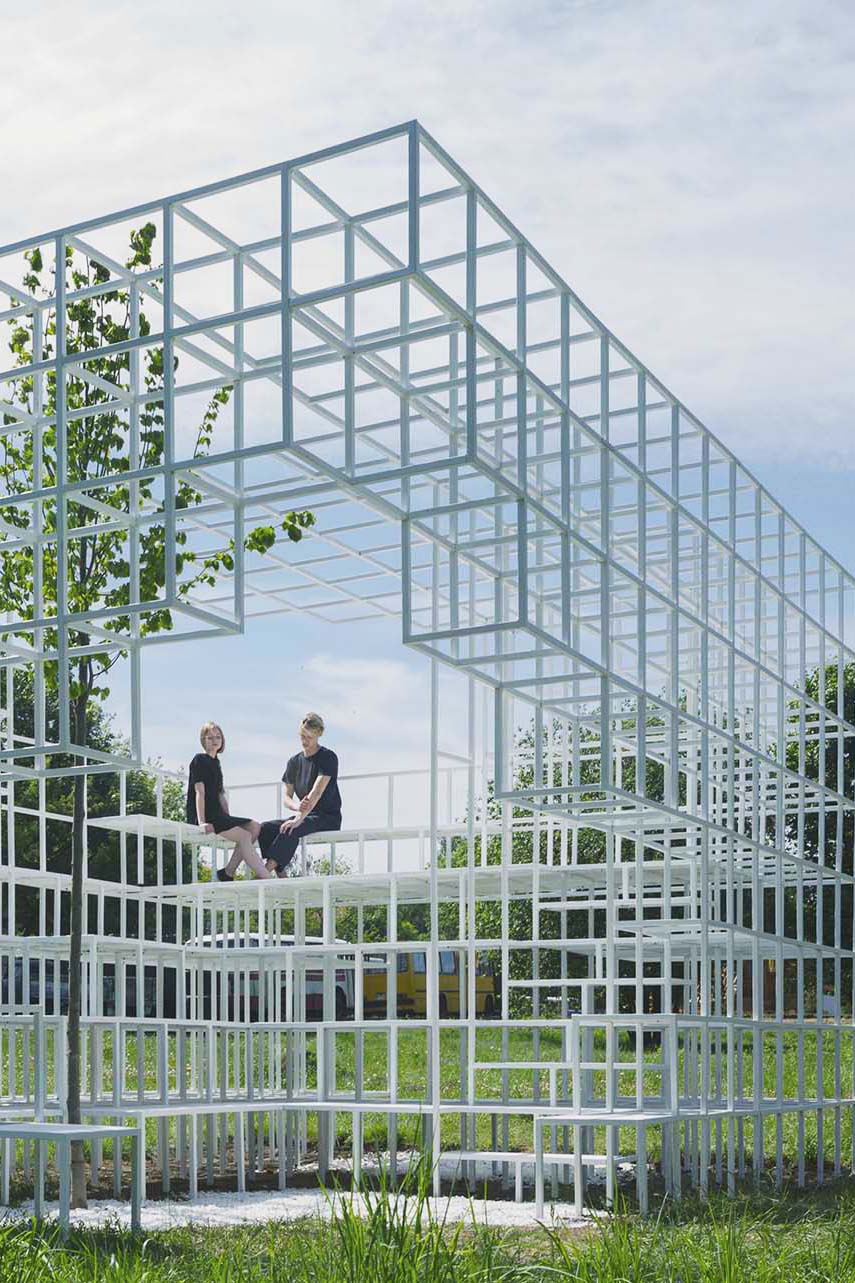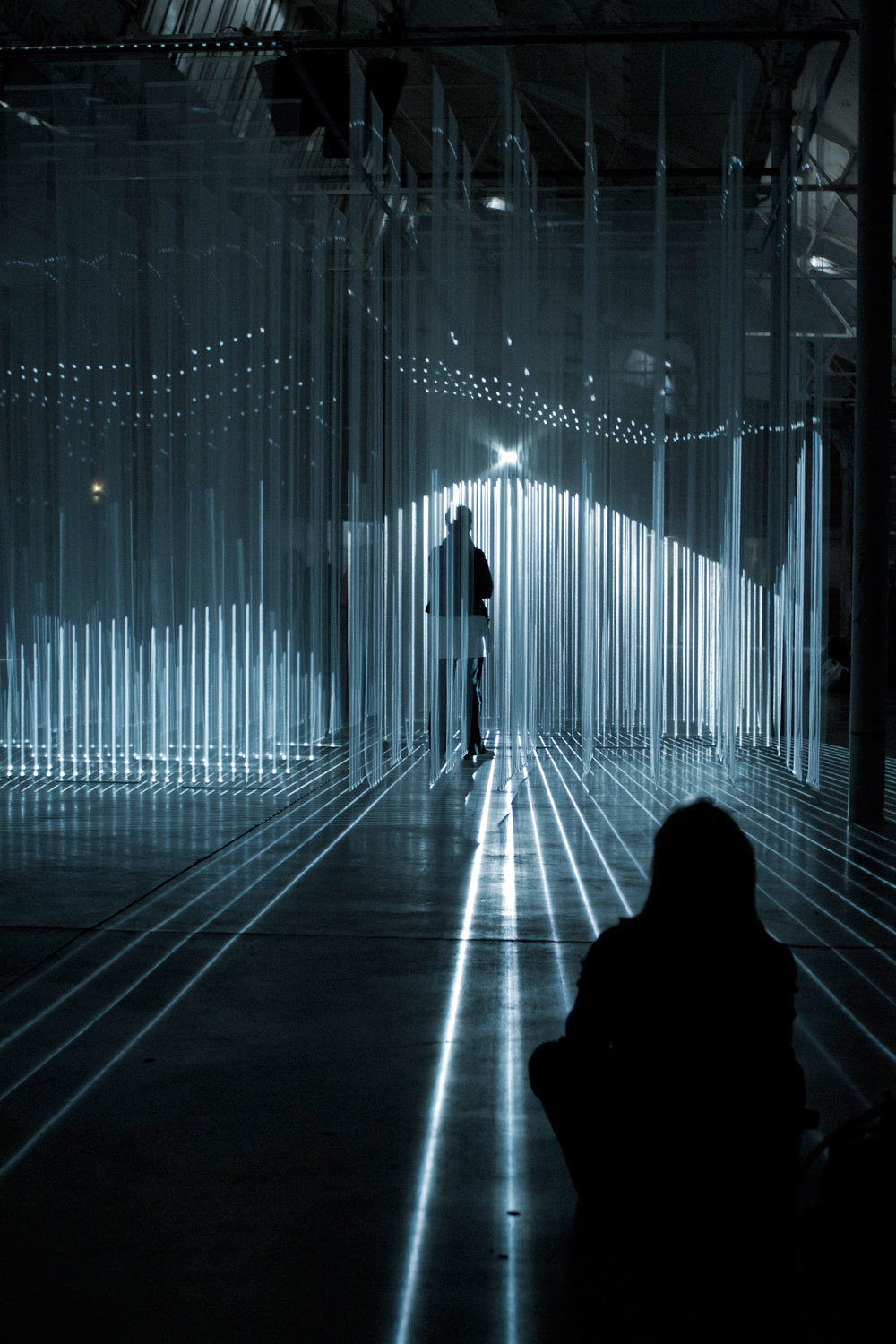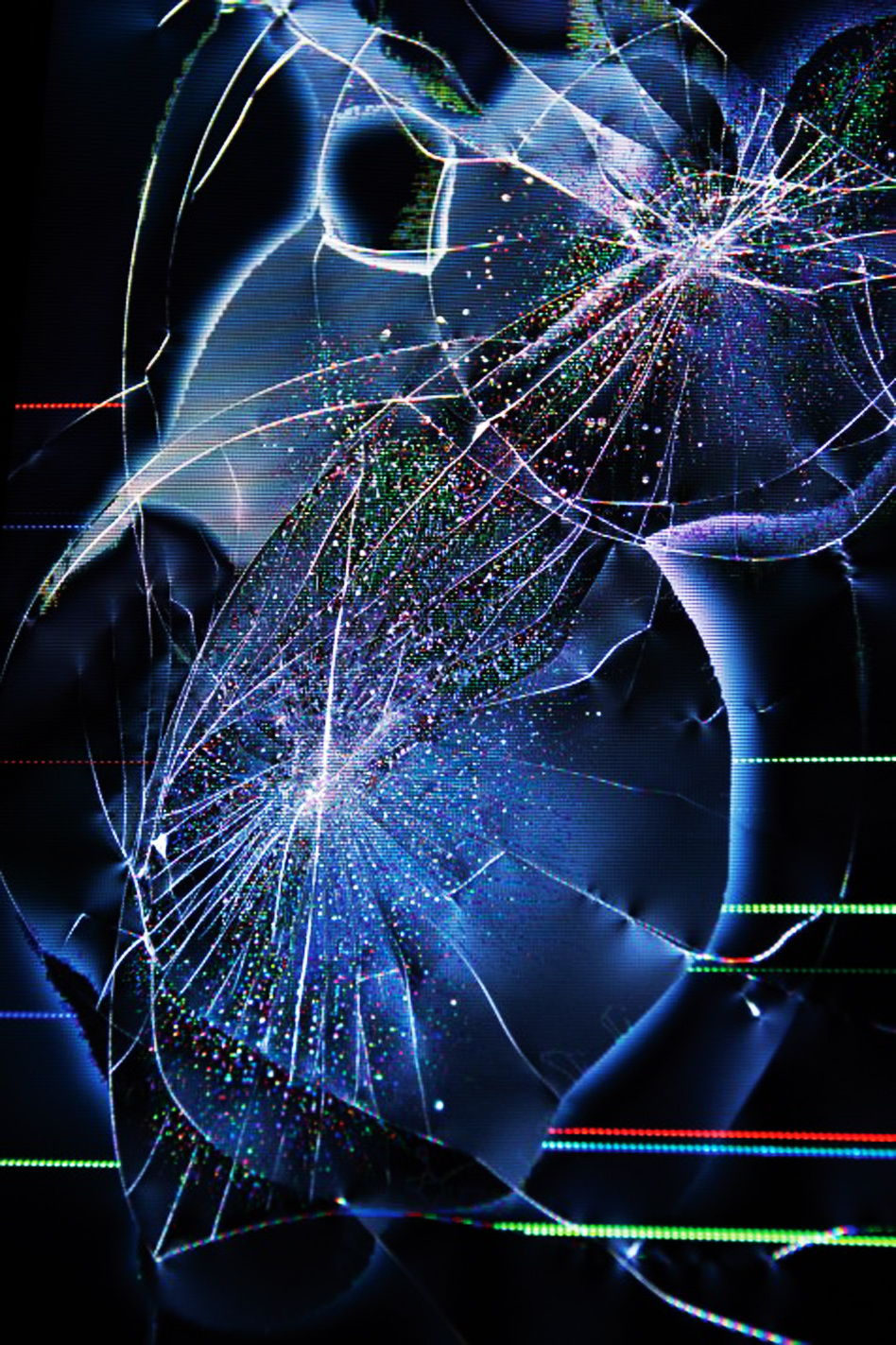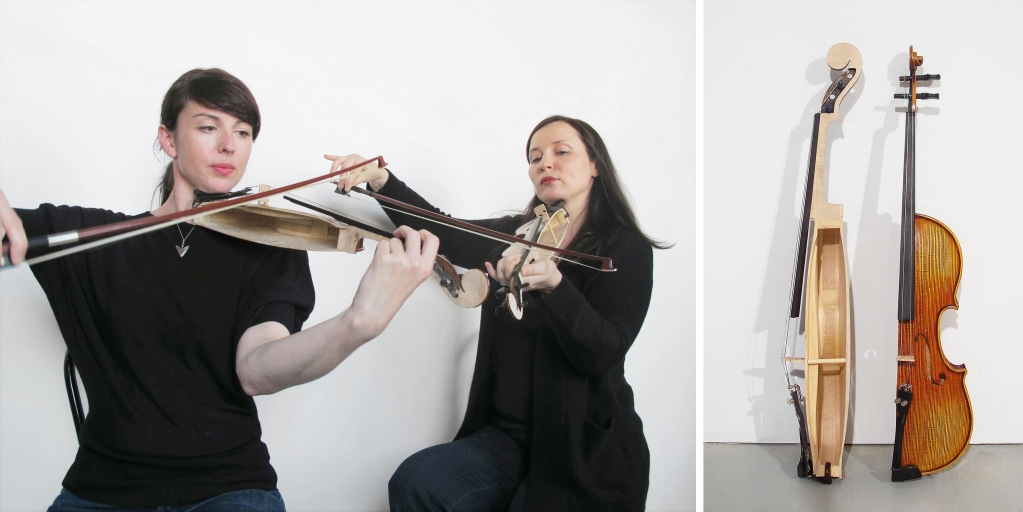
GAO BROTHERS
高氏兄弟
אחים גאו
ГАО БРАТЬЯ
Lenin Sculpture
Miss Mao (Trying To Poise Herself At The Top of Lenin’s Head)
Œuvre des frères Gao de Chine, la sculpture de Lénine est une autre pièce dans leur progression de l’art provocateur. Les artistes ont inclus plusieurs éléments qui montrent cette figure controversée sous un nouveau jour pour le monde de l’art. Avec une finition chromée vive, la sculpture en métal est construite à partir de sections horizontales qui ont été délibérément décalées pour constituer cette ressemblance très inspirante du dictateur russe impitoyable Vladimir Lénine. En tant que personne bien connue, la décision des artistes de donner à son visage une finition chromée détourne l’attention de Lénine et du contexte de la sculpture en permettant aux réflexions de mettre en évidence l’environnement immédiat au lieu de Lénine d’une manière convenablement dégradante. Les sections décalées représentent son héritage brisé et destructeur qui a provoqué tant de troubles en Russie. Au sommet se trouve une inclusion très ludique de bébé tenant un bâton d’équilibre au-dessus de la tête saillante de Lénine, comme s’il marchait sur une corde raide de ses idéaux marxistes désastreux et risqués.

